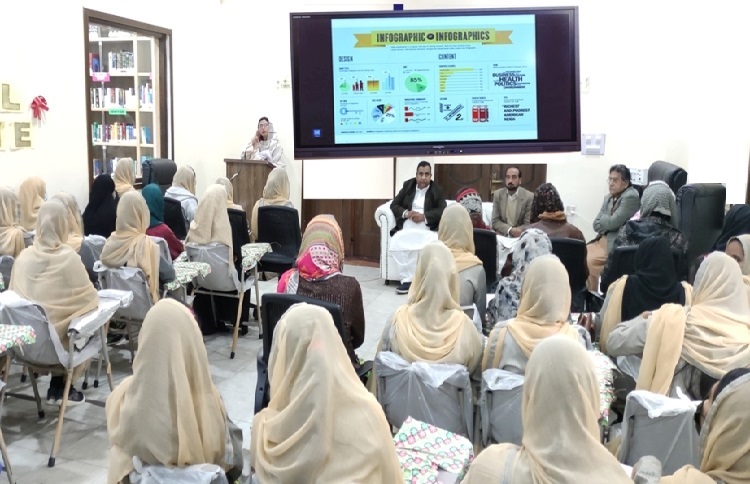Smart Classrooms
A smart classroom is an EdTech-upgraded classroom that enhances the teaching and learning process for both the teachers and the students by inculcating audio, video, animations, images, multimedia etc. This increases the engagement factor and leads to better-performing students.
Objectives of Smart Class
- 1. Customising content as per the institute’s scheme of work.
- 2. Designing a module of smart class, allowing students to visualise the concept with visuals and animations that they will never forget.
- 3. Enabling teachers to express their views and ensuring that every child understands the undertaken lessons.
- 4. Helping teachers to meet new challenges and developing students’ abilities and performance.
- 5. Instructing remote and local students simultaneously.
- 6. Providing a facility to update the content.
- 7. Enabling teachers to access multimedia content and pedagogically sound and visually rich curriculum resources that can be used for efficiently teaching students.
- 8. Ensuring easy understanding of lessons and making abstract concepts real.
- 9. Having interactive and live teaching sessions elaborating and comparing different objects and perceptions towards particular concepts.
- 10. Improving creative thinking in the learning process, visualising the concepts, and practicing with models and demonstrations.
- 11. Effectively blending of technology with traditional classroom aspects, and informing the teachers of classroom events.
- 12. Making learning an enjoyable and comfortable experience for students with different activities and games.
- 13. Taking a step towards development where students’ achievements are highlighted.
- 14. Optimising the use of e-resources wise e-books, e-journals, protocols, lecture notes, documentaries, etc.
ELEMENTS OF A SMART CLASS
Smartboards
Smartboards or interactive whiteboards can be considered like a modified document camera. Presentations on a smartboard are more vigorous and in-depth. Using an Internet-connected stylus, teachers can write on the pictures or documents displayed on the board. Teachers can share and save the lessons taught on the smartboard and past lessons can be revisited too
Cloud-based communication systems
Smart classes broaden the scope of students’ exposure daily. Virtual interactive sessions can be held using internet communication services like voice-over-IP and web conferencing.
eBooks
Nowadays, other than laptops and smartphones, e-readers is the new favourite of students. Yoking familiar technology helped students to engage and feel more comfortable with the online learning process. Also, eBooks or electronic copies of textbooks provide students with links to additional study material, allowing them to go through the concepts in depth. Additionally, at the end of a session, key concept summaries and digital flashcards covering the lesson plan can also be provided.
HRIST’S Smart Class. ONE-OF-ITS-KIND.
The key to availing benefits of smart classes is to manage them effectively and efficiently. With HRIST, teachers, and students can have their hands on the elements of smart class such as Digital Learning Content, Physical Reader and Workbooks, Learning activities, E-books, Regular assessments and Practices, quizzes, Personalised revisions, Home practice, live classes from a HRIST expert teacher, Doubt clarification, and National competitions.

 HRIST - go to homepage
HRIST - go to homepage
